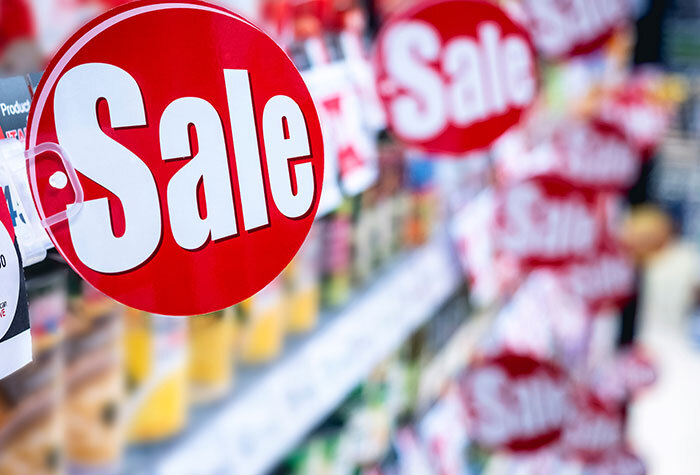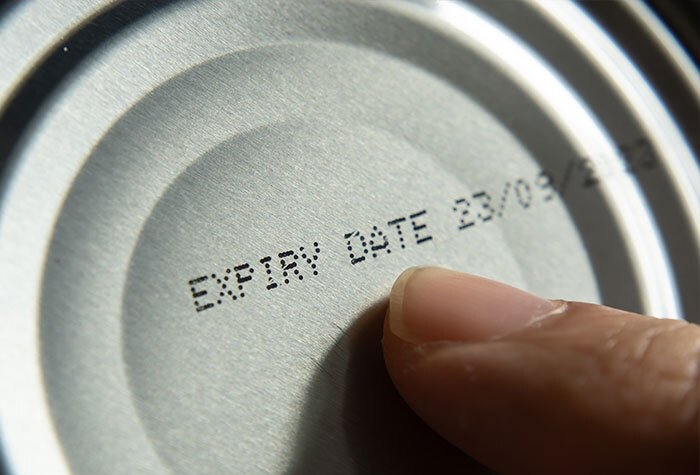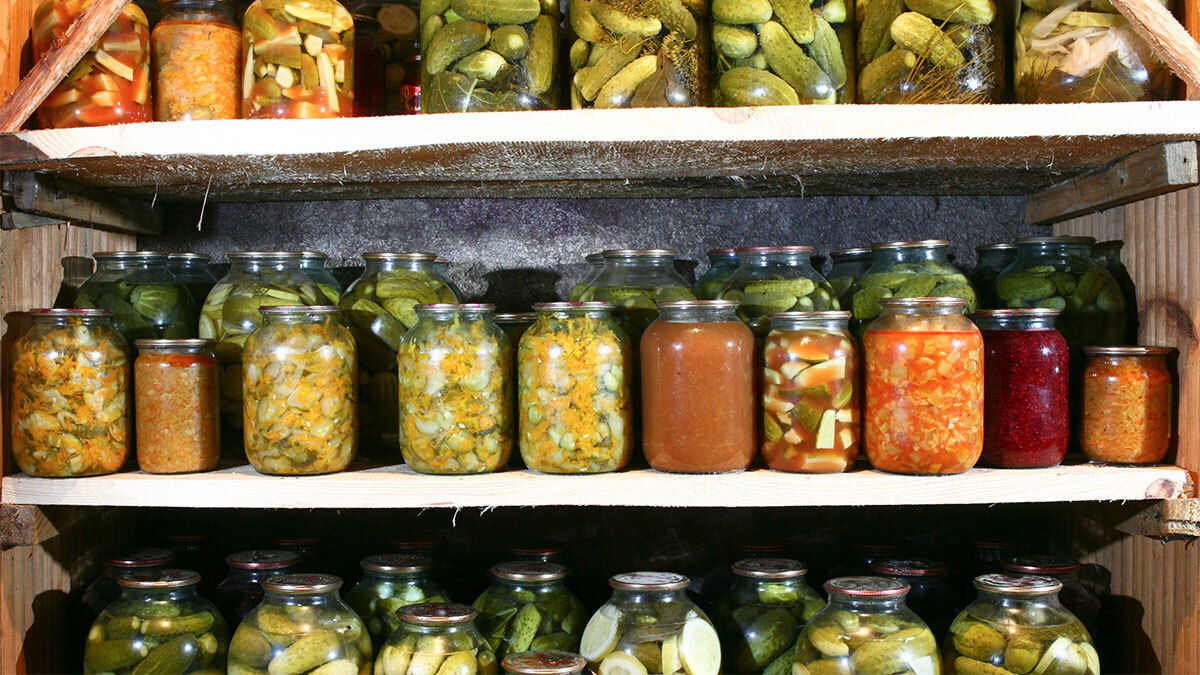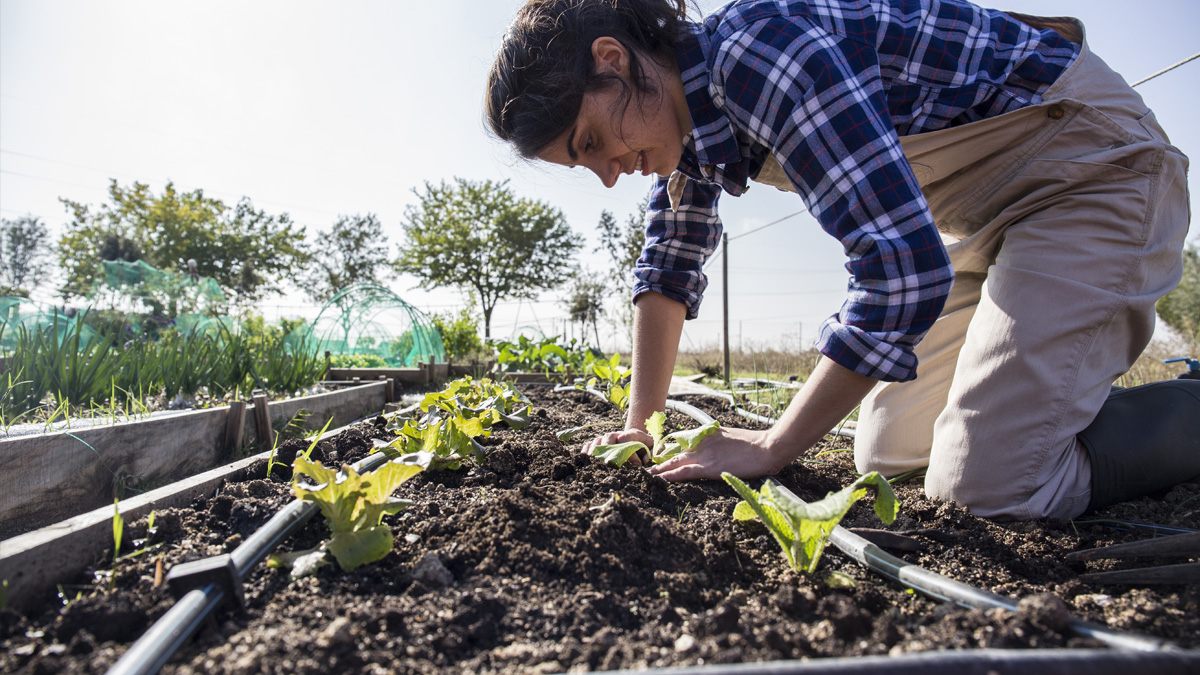on
Natural disasters, such as hurricanes and blizzards, can make it impossible to navigate roads and get to grocery stores.
They can take down power grids, ruining food in refrigerators.
These are common examples why it is important to stockpile long-term emergency food.
These are also common reasons why emergency preparedness experts recommend having at least three days’ worth of food and water at all times.
But there are other reasons to stockpile long-term emergency food, such as man-made disasters like terrorism.
For instance, would you have enough food to feed your family if the United States’ power grid was attacked, leaving you without power for weeks?
Weather, local emergencies, and man-made disasters can make it difficult to access food and other groceries for long periods of time.
Stockpiling and rotating food supplies for long-term storage is the wisest way to help your family prepare for and survive a crisis. But the idea of stockpiling food for this purpose can feel overwhelming.
Read on to discover ten tips for stockpiling a long-term food supply.

1. Determine Your Goal
One of the reasons why stockpiling long-term emergency food is overwhelming is that people don’t know what they need.
Understanding your long-term food needs will help you set manageable goals.
For instance, the general starting point is a three-day supply of food. However, most preparedness advisors believe you should have much more than that.
They also recommend stocking up on emergency food that accounts for at least 2,000 calories a day per member of your family, or three meals a day per person. So, a three-day supply for a family of three equals nine breakfasts, nine lunches, and nine dinners.
With this in mind, what is your ultimate long-term food goal? Do you want to stockpile for a week, a month, three months, or a year?
If you know how much food you eventually want to stock long-term, you can start moving toward that goal.
Then, you need to make a list of the types of food you want to stockpile.
[Related Read: 13 Everyday Supplies in Your Pantry That Double as Survival Gear]
2. Start a Savings Fund
Another reason for stockpiling food for long-term storage is that people suffer from sticker shock. If you search for a six-month long-term food supply, you may see a price tag that leaves you in shock.
While these tend to be priced fairly—considering the way the foods are made and stored for long-term use—it can still be difficult to imagine spending that much all at once.
Here’s some good news: You don’t have to buy everything for your pantry all at once.
Start a savings fund for your long-term emergency pantry.
Create space in your budget for saving money and take any extra money (such as tax returns or gifts) and add it to this fund.
3. Don’t Rush
You may feel tempted to rush and buy everything at once.
Don’t rush it! Start small with what you can afford and store.
Start with a three-day supply and gradually build up your emergency food supply until you reach your ultimate goal. You will feel better each time you add to your supply.
[Related Read: 5 Tips for Finding Space to Store Your Preps]

4. Shop Sales
If you aren’t rushing to buy everything at once, you can be more strategic with shopping.
If you have an idea of the types of long-term food you need and how much, you can continually shop for food and purchase it as it goes on sale.
For example, when you do your weekly grocery shopping, pick up some additional food that’s on sale and reserve it for your long-term supply.
Sign up for emails from long-term emergency food companies to receive sale alerts.
If you have money saved for emergency food, you will have the money needed to purchase the items when they are discounted.
5. Buy in Bulk
While we do advise starting small and building your food supply, there are times you can save money when buying in bulk.
If you prioritize saving money before doing a lot of shopping, you can save up for a bulk emergency food kit.
This 1-Week Emergency Food Supply is $89.
If you bought twelve weeks’ worth of this 1-Week Emergency Food Supply, it would cost you $1,068.
But, if you purchased this 3-Month Emergency Food Supply, it would cost $897.
You save almost $200 by buying the larger bulk kit.
6. Keep a List
As you work toward your long-term food supply goals, you need to keep a list of what you have and what you still need.
Don’t overthink it. Simply place a notebook that has a list of all the essentials you want and need. As these food items are purchased, cross them off.
This way, it will be easy to see what is still needed and what you have enough of. This will prevent you from purchasing too much of one item and not enough of something else.

7. Create an Easy Rotation System
It’s important to consider the expiration dates of your food supply.
While long-term emergency food sometimes has expiration dates as far as thirty years into the future, other foods in your pantry may expire much sooner.
A basic rule of thumb is to put your newer items in the back and move your older items to the front each time you restock.
This ensures you eat the older products before they expire.
Another tip is to keep a permanent marker by your long-term food supply. Each time you add an item, write down the day it is added and the expected expiration date with the permanent marker.
8. Pay Attention to Packaging
If you are building your food supply on your own, it is especially important to pay attention to packaging.
For example, some of the basics people include in their food supply are pasta, rice, and flour. None of these basics are packaged for long-term storage if purchased from a grocery store. Moisture, oxygen, light, and rodents can easily contaminate plastic bags and cardboard boxes.
For these grocery items, you will need to purchase additional storage containers—such as five-gallon buckets and oxygen absorbers—to keep the food safe long-term.
If you purchase from an emergency food company, pay attention to their packaging. Their packaging should be designed for long-term storage.
9. Store in the Right Conditions
In addition to the proper packaging, you must store the food in the right conditions.
Your food supply should be kept in a cool, dry place, away from direct sunlight.
If the storage space is too moist or hot, you risk your food supply going bad more quickly.
10. Invest in Quality
Last but not least, it is extremely important to invest in quality food.
We understand the importance of saving money. But if you buy food your family won’t eat, you’ve wasted money.
Before you buy an item for your food supply, ask yourself if your family will actually eat it more than once during an emergency.
When possible, consider buying a sample and trying it before you stock up on several cases of chicken and rice that tastes bland.
When it comes to a long-term food supply, you want food that will sustain you and provide the nutrients you need to get through the day.
Get access to premium content and more!
Most Homestead-Friendly States in the U.S.









